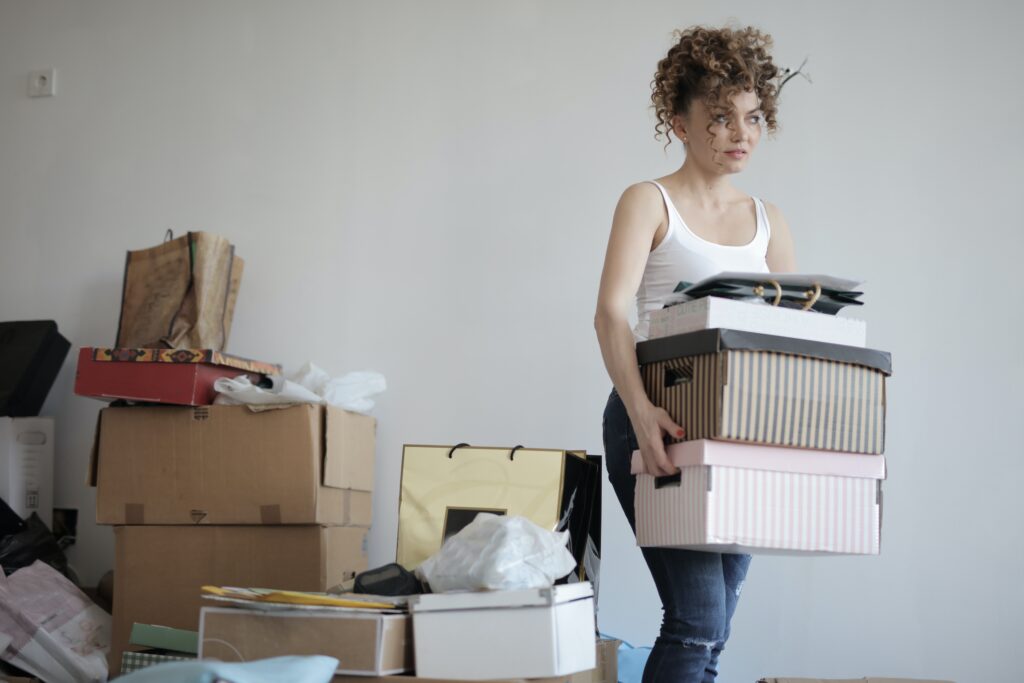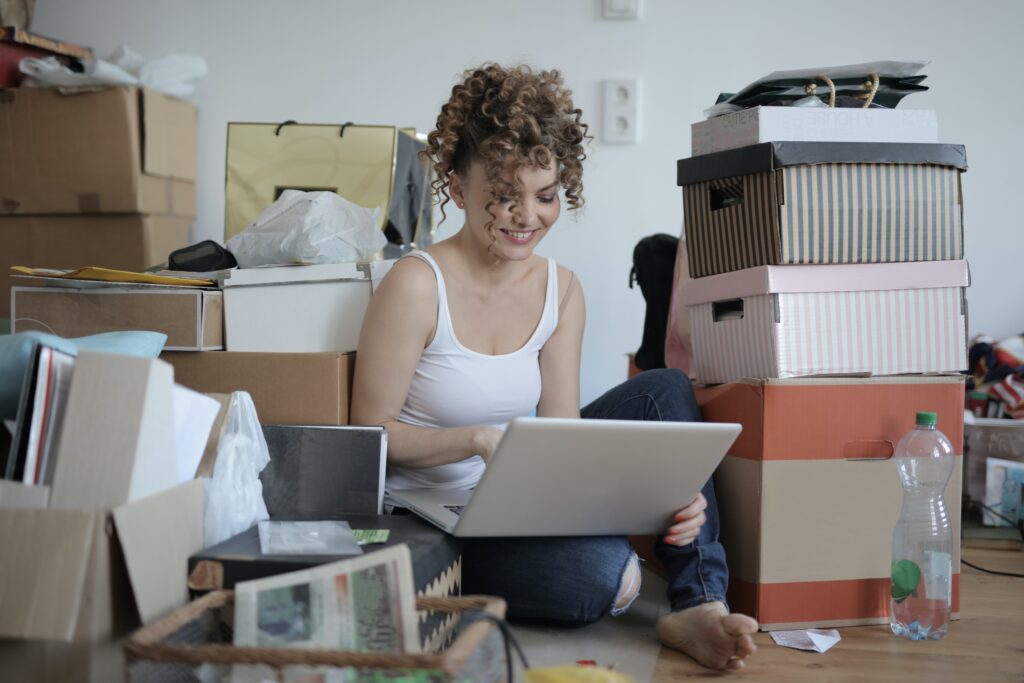Many of us live in a state of high anxiety and stress because we’re afraid that if we stop trying so hard that things will fall apart…sound familiar?
Still, we want so badly to find a sense of calm because we know that calm is the one thing that can help us “keep it together.” So we scramble to make it to a yoga class or squeeze in some time to meditate (whatever that really means). And most, if not all, of our efforts, begin to feel so forced. So we stress more because we’re “doing it wrong.”
The irony is that stress is what we are often left with when we try so hard not to be stressed. Not to mention feelings of anxiety, frustration, and hopelessness because we now have two factors that we don’t know how to fix or improve: the original problem and our strong reaction to it.
So what’s the deal with calm anyway? Do we push for it? Does it come to us? There have to be some tips and tricks for successfully performing this balancing act. And while there is a certain balance factor to calm, no amount of tips or tricks can keep us balanced until we accept one fundamental truth: finding calm does take effort – at least upfront. But ultimately, learning to find calm is a matter of build a mindset based on habits and practice.
Find acceptance first.
 It’s easy to have the mindset that external factors cause external chaos, which causes internal chaos. Consider instead that your mindset and inner calm can change whether you see the world around you as chaotic. The issue is that this concept is difficult for some to accept and even more challenging to put into practice. So how is it done?
It’s easy to have the mindset that external factors cause external chaos, which causes internal chaos. Consider instead that your mindset and inner calm can change whether you see the world around you as chaotic. The issue is that this concept is difficult for some to accept and even more challenging to put into practice. So how is it done?
The first thing to do is forget about the concept of controlling. Whether calm vs. chaos or internal vs. external, the goal is not to control anything or force a certain mindset. Instead, we must accept our situations first before we can change the way we view them. We can practice acceptance by noticing how we perceive our environment or how our circumstances make us feel. In other words, we have to know what we are working with; we must know what we see before we change the way we see it.
Don’t react, respond.
 Don’t react until you know what you are reacting to. It’s easy to want to lash out or overreact when something happens that makes us want to jump to conclusions.
Don’t react until you know what you are reacting to. It’s easy to want to lash out or overreact when something happens that makes us want to jump to conclusions.
Whether assuming the worst about a situation or a person, it doesn’t do us any good in the short or long term to determine anything right away. Even if you feel like you have every reason in the world to panic, challenge yourself to pause first. Take just three minutes to let the dust settle before doing anything or overthinking. Your situation will be much clearer once you’ve calmed down, and that clarity can give you all the more reason to stay calm.
Determine what it’s worth.

How do you know if a situation should cost you your inner calm? Just ask yourself. Though even amid chaos, you can decide its impact. In other words, is it worth it to remain in this state of heightened emotion over something that won’t affect you down the road?
When dealing with a stressful or upsetting situation, determine the aspects you can change, learn what you can learn, and let go of the rest. Chaos comes with the territory of life, but you don’t have to surrender your whole day or good spirits to it. Rather than allowing chaos to take from you, let it add value by staying calm enough to learn from it

